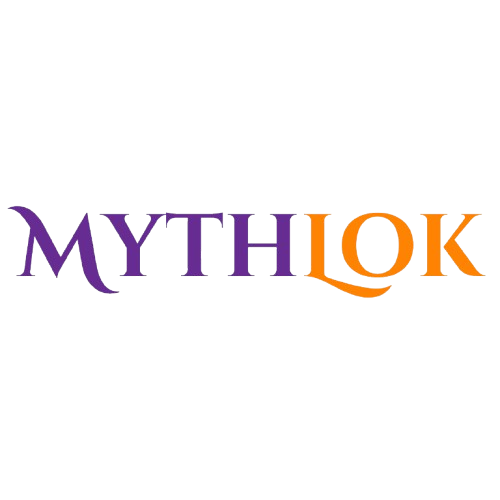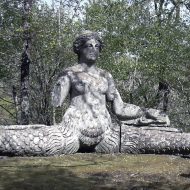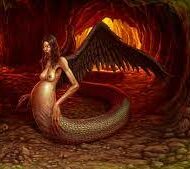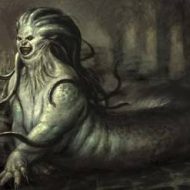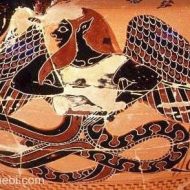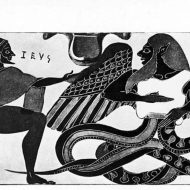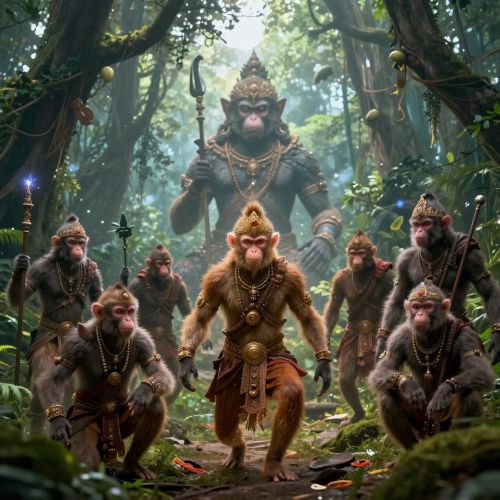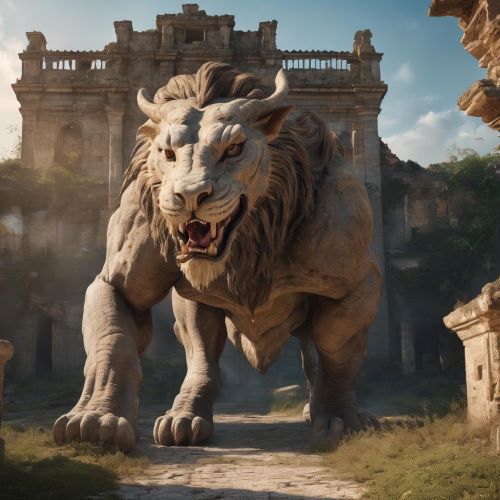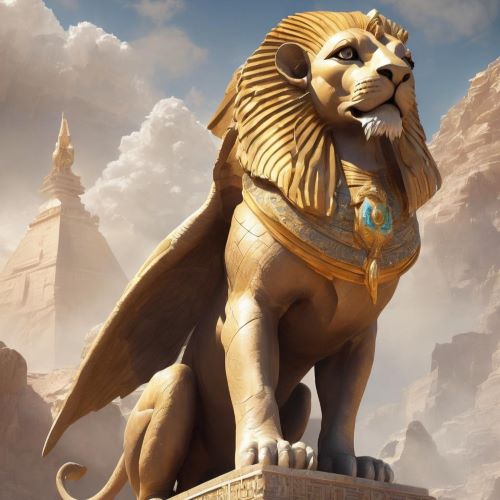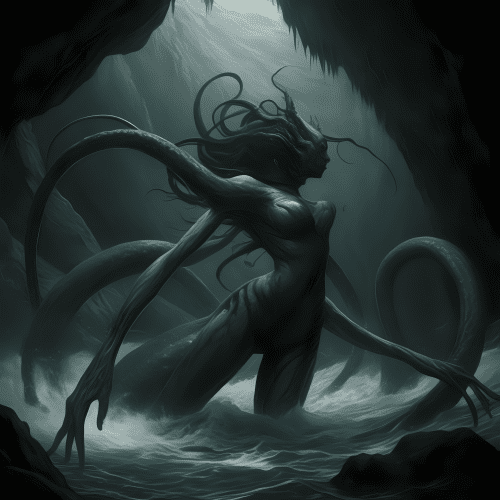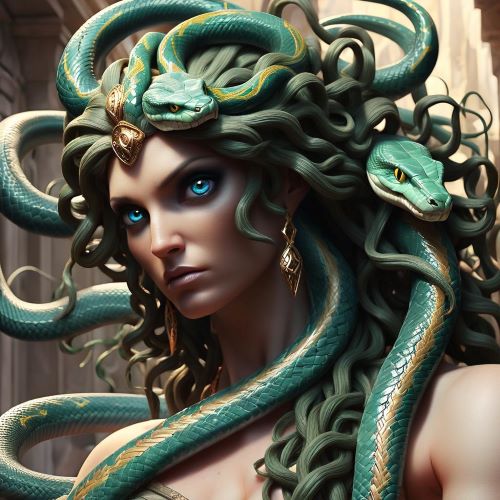Echidna : The Snake Woman
Listen
At a glance
| Description | |
|---|---|
| Origin | Greek Mythology |
| Classification | Hybrids |
| Family Members | Gaia (Mother), Tartarus (Father), Typhon (Husband), Ladon (Son), Hydra (Daughter), Chimera, Orthus, Cerebrus, Colchian dragon (Children) |
| Region | Greece |
| Associated With | Evil, Other Monsters |
Echidna
Introduction
In Greek mythology, Echidna is also known as the mother of all mythological monsters. Heracles‘ killing of Echidna’s children caused her great distress, and she and Typhoeus decided to go after the gods of Mount Olympus as Zeus was eventually blamed as it was his offspring who did the killing. Despite Echidna’s ordeal, Zeus was able to treat her with a great amount of mercy, and he let her go back to her cave in Arima. Some sources claim that Echidna will live in the cave forever, while others claim that the giant Argus Panoptes killed her while she was sleeping.
In a mythological story about Echidna, the monster was said to be a threat to people who were passing through her cave. Despite this, the presence of Echidna is still useful to explain the various mythological creatures that are featured in various stories.
Physical Traits
Regardless of whether or not Echidna is a male or female, she is typically described as a combination of a deadly serpent and a beautiful nymph. Her lower body was made up of either a single or double serpent tail, while her upper body was feminine. Echidna also reportedly had other characteristics that are considered to be very menacing, such as eating raw flesh.
In Hesiod’s account, Echidna is described as a fearsome snake that was half beautiful and half irresistible. He said that she was a beast that was like neither “mortal men nor the undying gods.” She was also half a nymph and half a large snake, which he referred to as “great and awful.” Hesiod claims that Echidna had around a hundred heads, which is similar to the number of snake heads that Typhon had. Aristophanes, who was a prominent figure in the 5th century BC, referred to Echidna as a denizen of the underworld.
Family
According to Theogony, Ceto and Phorcys were the parents of Echidna, while in Hesiod, the same two are responsible for Typhon. In the mythographer Apollodorus’ account, the parents of Echidna were named Gaia and Tartarus. Among Echidna’s offspring with Typhon were dragons, such as Ladon, who protected the Golden Apples of the Hesperides, Hydra, Chimera, Orthus, Cerebrus and the Colchian dragon who protected the Golden Fleece.
Among the other creatures that Echidna has been linked to are the Sphinx, a winged lion with a woman’s head, the Caucasian eagle that ate the liver of Prometheus, the Nemean Lion who was killed by Heracles and a mythological creature known as the Cromyonian Sow. Nonnus also claims that she is the mother of a venom-spitting, “huge” son, with “snaky” feet, who is an ally of Cronus in their war against Zeus.
In Hesiod, the Oceanid Electra’s and Thaumas’ daughters, the Harpies, are said to be the offspring of Typhon and Echidna, and the sea serpents that attacked the Trojan priest Laocon during the Trojan War may have also been Echidna’s offspring. According to Smyrnaeus, the sea serpents that attacked Laocon were some of the frightening creatures that were terrorizing the ancient world. Echidna is also sometimes linked to the viper, which was the child of Heracles, the Scythian king.
Powers and Abilities
Apart from being of a very large size and possessing strength that could rival the gods, Echidna is known more for being the mother of various monsters who caused anguish in the lives of the Greeks. Most Greek mortals and demigods rose to prominence by either killing or outwitting one of Echidna’s children. Heracles in his 12 labours had to encounter 6 of Echidna’s children.
Modern Day Influence
One of the intrinsic animals of the New Zealand eco system, the echidna is named after the Greek monster as it displays both mammalian and reptilian characteristics as it is a mammal that lays eggs like the platypus. Although Echidna by herself has had a limited influence on modern culture, her children have always been part of modern retelling and adaptations in cinema, TV and literary works.
Related Images
Frequently Asked Questions
What is Echidna the goddess of?
Echidna is a monstrous creature in Greek mythology. She is half-woman and half-snake. She is known as the “Mother of Monsters” due to her offspring. She mated with Typhon and gave birth to mythical beasts like the Hydra and Cerberus.
Is Echidna and Medusa related?
Echidna and Medusa are related, being daughters of Chaos and Gaia. Medusa is a Gorgon with snakes for hair. Both are powerful and fearsome creatures in Greek mythology.
Who did Echidna give birth to?
Echidna is the “Mother of Monsters.” She mated with Typhon and gave birth to many mythical beasts like the Hydra, Cerberus, and Chimera. These creatures are some of the most fearsome in Greek mythology.
Is Echidna related to Poseidon?
No, Echidna is not related to Poseidon. Echidna is a primordial creature, a child of Chaos and Gaia. Poseidon, on the other hand, is a Greek Olympian god, the god of the sea, earthquakes, and horses. While both are powerful figures in Greek mythology, they are not related by family ties.
Who was Echidna killed by?
Echidna was not killed by anyone. As a primordial creature, she was one of the original beings created at the beginning of the world. Unlike other mortal characters in Greek mythology, she was not subject to death or destruction.

